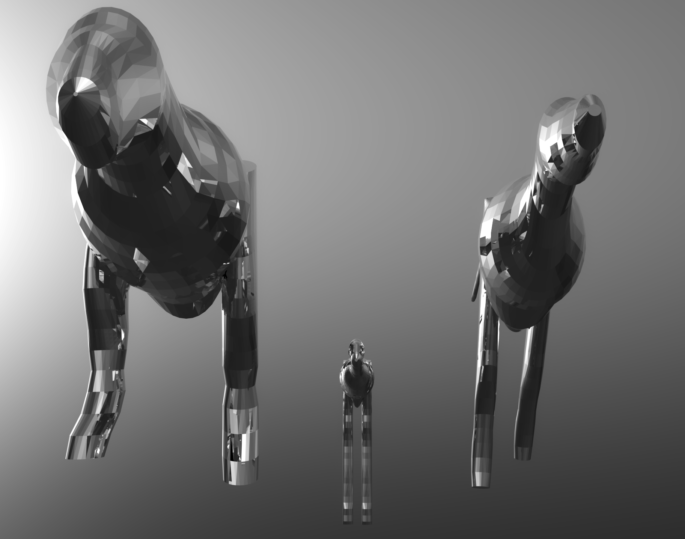Posted 10:43 a.m. Thursday, Feb. 21, 2019

New study helps explain why T. rex was a superb predator.
New study helps explain why T. rex was a superb predator
Every dinosaur lover knows the T. rex was an amazing predator, but what made it such a marvelous meat eater?
A new study from researchers at University of Wisconsin-La Crosse and Oklahoma State University Center for Health Sciences found that Tyrannosaurus rex — and other tyrannosaurs like it — could turn twice as fast as other carnivorous dinosaurs their size.
The research, which was recently published in “PeerJ — the Journal of Life and Environmental Sciences,” compares how quickly meat-eating dinosaurs could turn their bodies using physics, anatomy and math. Overall, their work demonstrates that tyrannosaurs could attack smaller, faster and more dangerous prey. The research adds to the evolutionary picture of the success of these animals, and enlists students with skills useful for many careers in science, health, and engineering.
Co-authors Eric Snively, UWL associate professor of biology, and Haley O’Brien, assistant professor at Oklahoma State University Center for Health Sciences, determined that whether a tyrannosaur was young and dog-sized or old and huge, it still had this quick maneuvering ability.
Tyrannosaurs were more agile because they had shorter bodies for less turning resistance and giant leg muscles that could create a lot of turning force, according to the authors’ work. The difference between a tyrannosaur and other carnivorous dinosaurs would be like a strong person spinning a bowling ball vs. a weak person trying to spin a long barbell, explains Snively.

In terms of the fastest results from the tyrannosaur family, a horse-sized juvenile T. rex turned the quickest for its size, followed by the giant T. rex “Sue,” a famous fossil now in Griffin Halls of Evolving Planet. (Sue weighed 9.7 tonnes or over 21,000 pounds, more after a big meal.)
Adult T. rex turned a little slowly on a human scale, but quickly as a giant among other giants. Snively describes the T. rex turnlike a “slow-motion 10-tonne [11 tons] figure skater from hell,” in a recent story in Live Science about the research.
Researchers used super-accurate anatomy and rigorous statistics to create the dinosaur comparisons. And UWL students made computer models to visualize the results.
Andre Rowe, a second year biology master’s student at UWL, came to UWL after meeting Snively at the national conference of the Society of Vertebrate Paleontology in 2016. Since Snively is a Tyrannosaurus expert, Rowe saw UWL as a good way to get into dinosaur research. Rowe is now working toward his master’s thesis on tyrannosaur bite force with Snively.
Getting involved in developing computer models related to the turning ability of dinosaurs was a great opportunity to branch out, adds Rowe. His primary role was inputting dinosaur data into 3D CAD software that generates the computer models. The study has given him experience with a new software program, data analytics and biomechanics. He aims to continue on to earn a doctoral degree in paleontology. The group’s research was also presented at the 78th annual Society of Vertebrate Paleontology meeting Oct. 20 in Albuquerque, New Mexico.
